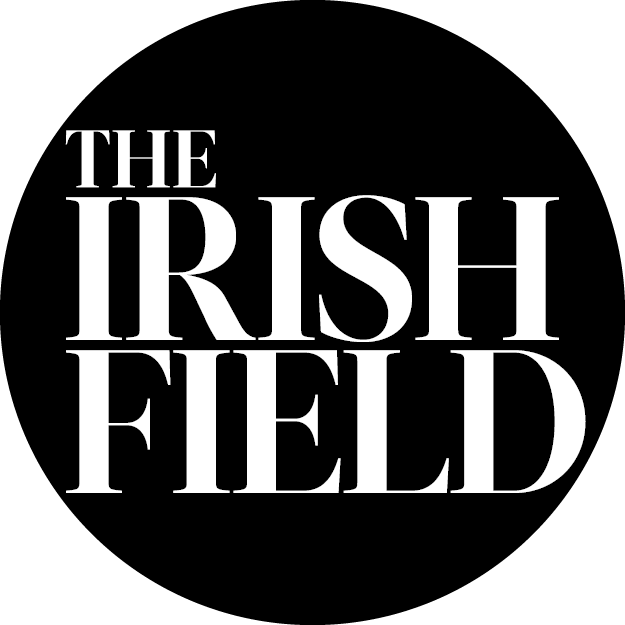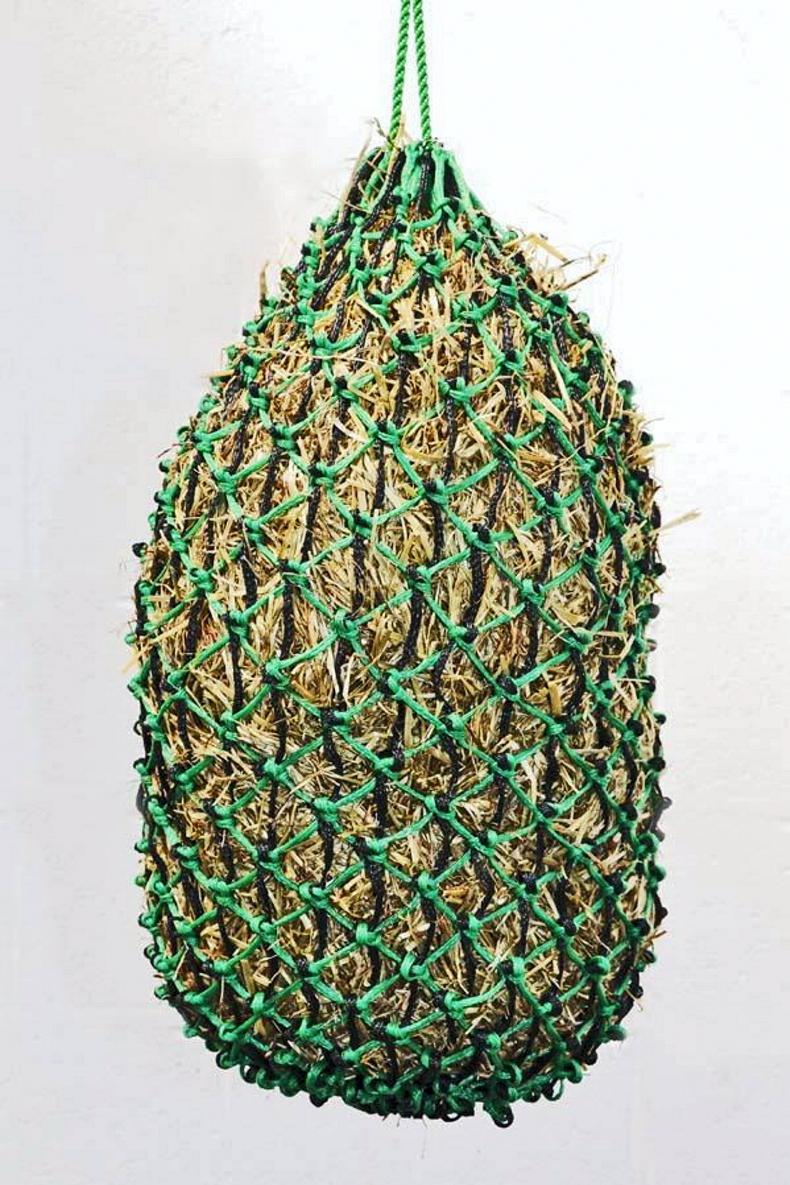FINDING suitable forage for horses in Ireland has become increasingly difficult, especially for those with dietary needs, such as animals prone to equine metabolic syndrome, laminitis or obesity. Owners are facing a serious shortage of low-sugar, high-fibre hay like Timothy or traditional mixed meadow hay. The culprit? Ryegrass.
Ryegrass is now the dominant grass used for hay and haylage production across Ireland. While ideal for dairy and beef industries, producing lush, energy-dense fodder that fattens cattle and boosts milk yields, it’s far from appropriate for horses. For native breeds and ponies in particular, ryegrass can be dangerously rich. It’s high in non-structural carbohydrates (sugars and starches) and lacks the coarse fibre horses need for healthy digestion. In short, Ireland’s forage system has become optimised for livestock, leaving horse owners with limited, often unsuitable options.
Seeded or harvested
This has become more than an inconvenience, it’s a welfare issue. Horses with EMS or laminitis must avoid sugar-rich feeds to stay healthy. Yet many owners can’t identify what’s in their hay, because even suppliers often don’t know. Hay may be sold as “meadow” or “horse hay”, but the reality is that few can confirm what was actually seeded or harvested. The result? Owners are left soaking hay endlessly, sending off samples for testing, or gambling with their horse’s health.
Some have turned to importing hay from the UK, where Timothy is more common, or even from Spain. But this solution is expensive, inconsistent and unsustainable, especially for small yards or individual owners.
A recent study by University College Dublin’s School of Veterinary Medicine has revealed concerning levels of obesity and metabolic disorders among Connemara ponies in Ireland. Involving 200 registered ponies, the research found that nearly 30% were obese, and over two-thirds exhibited signs of regional adiposity (fat). Notably, 46% had a history or clinical signs of laminitis. These findings underscore the pressing need for owner education on the links between obesity, equine metabolic syndrome and laminitis, emphasising the importance of appropriate forage and management practices to safeguard equine health.
Beyond horse health, Ireland’s reliance on ryegrass has broader ecological costs. Traditional Irish meadows once supported a diverse range of native grasses and herbs like cocksfoot, bentgrass, plantain, yarrow and burnet. These pastures nourished horses more appropriately and provided vital habitats for pollinators, birds and soil microbes. As we replace these biodiverse meadows with monocultures of high-sugar ryegrass, we lose not only forage options but biodiversity too.
Integrate biodiversity
Encouragingly, recent policy developments may help turn the tide. Minister of State for Nature, Heritage and Biodiversity, Christopher O’Sullivan, has launched new guidance that mandates public and state bodies to integrate biodiversity into their decisions and daily operations. As part of Ireland’s fourth National Biodiversity Action Plan, this legal duty emphasises the importance of restoring native ecosystems, including species-rich meadows. The guidance identifies opportunities from land management to procurement, where biodiversity can be prioritised. For equine welfare, this presents an opportunity: public bodies that manage land, including those responsible for parks, verges and green spaces, could now actively support the cultivation of diverse, horse-friendly forage instead of sugar-rich monocultures. It’s a small but meaningful step toward aligning policy with both ecological and equine health needs.
Red clover
Adding to the problem, red clover is increasingly included in modern pasture mixes. While beneficial for cattle and soil health, red clover can pose risks for horses. It’s linked to issues like excessive salivation, photosensitisation, and even liver damage due to mycotoxins. Despite this, it’s being promoted in seed mixes with little consideration for equine safety. This reflects a larger oversight in how Ireland manages grassland, with cattle prioritised and horses often an afterthought.
So, where does that leave owners trying to do right by their horses? Stressed, scrambling, and short on options! When pasture isn’t suitable and hay becomes hard to source, it’s crucial to have a plan.
What to do when hay is hard to find
HAY is the gold standard of roughage for horses. It supports digestive function, behavioural health, and prevents serious issues like ulcers, colic and sand accumulation. But, when good hay isn’t available, we need alternatives, and a thoughtful approach.
Consider alternative hays
If your usual grass hay isn’t available, cereal hays like oaten can be an option, so long as your horse isn’t prone to insulin issues, laminitis or ulcers. These hays are often higher in sugar, so be cautious. But in many cases, some hay is better than none.
Portion carefully
When hay is limited, don’t put it all out at once. Use slow-feeder nets or divide it into multiple small piles to stretch your supply. This helps mimic natural grazing and prevents binge-eating.
Feed the right amount
Horses need about 1.5–2% of their body weight in forage daily. For a 500kg horse, that’s roughly 7.5–10 kg per day. Easy keepers may need less, especially if they’re not in work. Spread intake across the day to maintain gut health and mental wellbeing.
Avoid long fasting periods
Horses shouldn’t go more than three to four hours without food. Long gaps can lead to digestive upset and increase ulcer risk. Plan night-time feedings accordingly, especially when hay is scarce.
Use clean straw wisely
Where available, straw (like barley or oat straw) can replace up to 40% of hay intake. It’s low in calories and provides chew time. However, it’s less digestible, so monitor hydration, manure output and body condition carefully to prevent impactions.
Explore hay replacers
When hay is unavailable, fibre-based feeds like unmolassed beet pulp, soaked grass cubes or chaff can be valuable. Feed these in small, frequent meals, ideally three to five times daily, to simulate the horse’s natural foraging rhythm.
Don’t blame yourself
This situation is hard. It’s systemic, not personal. Do the best you can with what’s available and know that sometimes, “good enough” really is enough.
Ireland’s equine community is being under-served by a forage system tailored for cattle. Until there’s a broader commitment to preserving and producing horse-appropriate forage and recognition of the risks posed by ryegrass, red clover and monocultures, we’ll keep facing these same challenges. We need to protect and restore our native meadows. We need hay that’s made for horses, not cows. And we need collaboration between owners, suppliers, public bodies and policymakers to make change happen.We can’t continue to be called the land of the horse unless we can provide the basics.


 This is a subscriber-only article
This is a subscriber-only article
 It looks like you're browsing in private mode
It looks like you're browsing in private mode







SHARING OPTIONS: